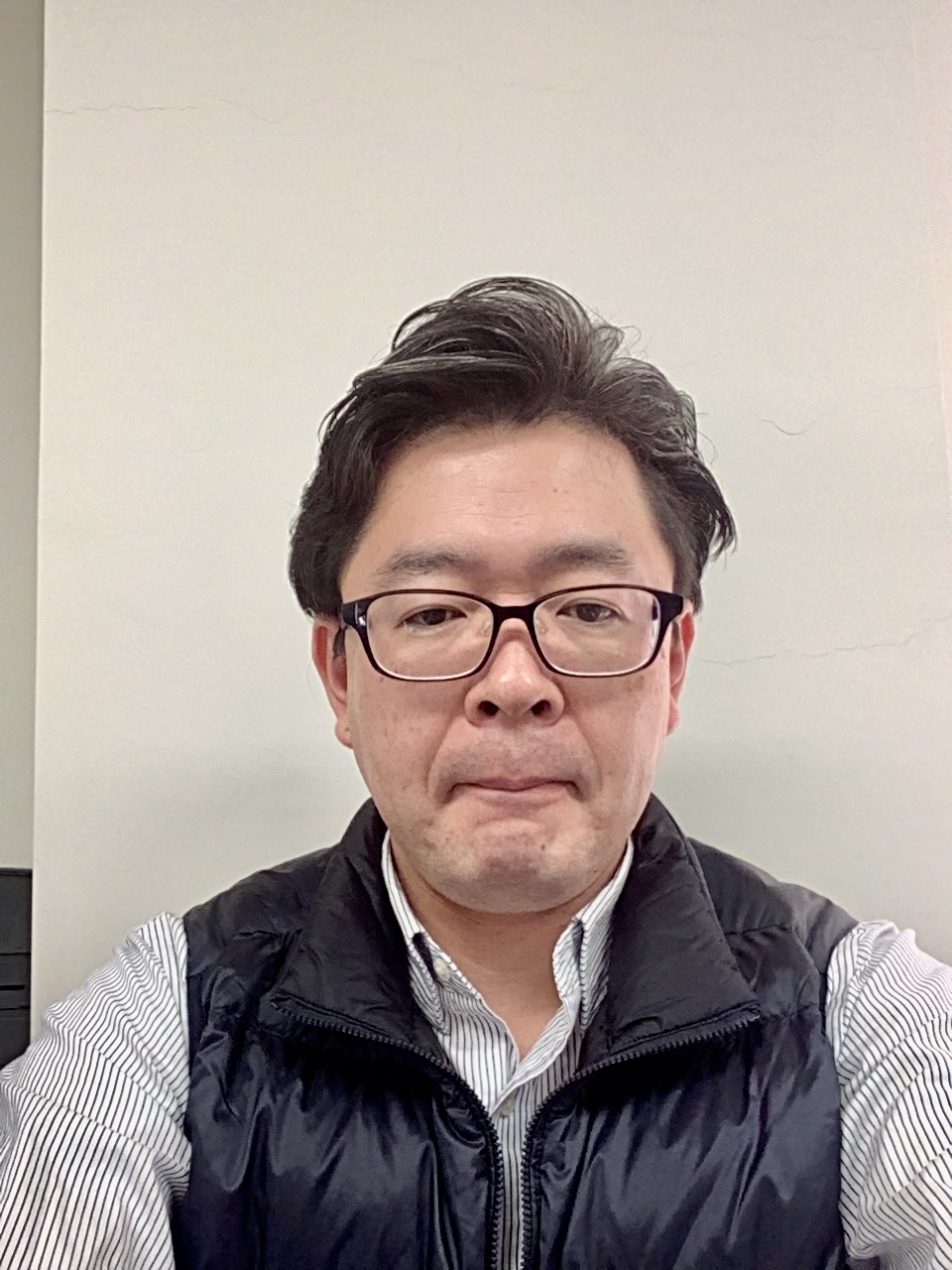

This invited session explores the expanding roles of imaging in modern radiological practice. Topics include neuroscience applications such as fMRI-based visualization of age-related brain changes, AI-powered diagnostic support in nuclear medicine, and CT-image-guided adaptive proton therapy. Through these diverse yet complementary perspectives, the session highlights how medical imaging is evolving beyond simple visualization into a foundational tool for intelligent, patient-centered care.
Affiliation: Gifu University of Medical Science
Title: Visualizing Visual Function and Aging Using fMRI

Akihiro Sugiura
Associate Professor, certified radiological technologist, Ph.D. in Information Science. Actively engaged in neuroscience and MRI research, particularly in visual information processing and age-related brain changes.
Affiliation: Gifu University of Medical Science
Title: Nuclear Medicine and Deep Learning: Utilizing AI for Patient-Friendly Imaging

Akinobu Kita
Associate Professor, RT, Ph.D. in Health Sciences. Specializes in nuclear medicine and the application of AI technologies such as image restoration and SPECT quantification.
Affiliation: University of Fukui
Title: CT-image guided proton radiotherapy and related researches aiming for adaptive treatment

Yoshikazu Meada
Professor and certified medical physicist, specializing in adaptive proton therapy. Formerly a senior researcher at Fukui Prefectural Hospital, where he led clinical implementation of CT-based image guidance and real-time dose monitoring.
This session brings together researchers working at the intersection of neuroscience, language, and data-driven behavioral analysis. The presentations cover a range of quantitative methodologies applied to cognitive function, linguistic dynamics, and eye movement behavior. Specifically, the session explores (1) the use of high-frequency EEG and wavelet analysis for detecting early cognitive decline, (2) morphological parsing to track emotional and social shifts in film dialogue, (3) text mining techniques to reveal stylistic differences in literary translations, (4) the role of microsaccades in covert attention, and (5) high-speed reading aloud as a pedagogical strategy for enhancing cognitive and expressive language skills in non-Kanji background learners. Together, these studies showcase innovative approaches to understanding human cognition and communication through empirical and computational techniques, offering new insights for both clinical and cultural applications.
Affiliation:Department of Human and Artificial Intelligent Systems, Graduate School of Engineering, University of Fukui, Japan
Title: High-Frequency EEG Biomarkers of Cognitive Function Revealed by Wavelet Analysis
Affiliation:Department of Cross Cultural Studies, Gifu City Women's College, Japan
Title:Quantitative Analysis of Dialogue Dynamics: Tracking Emotional Shifts in Green Book Through Morphological Parsing
Affiliation:Education and Research Center for Data-Driven Science, Gifu City Women's College, Japan
Title:Comparative Analysis of Translator Styles in Lu Xun’s Works using Text Mining
Affiliation: Graduate School of Engineering, Mie University, Japan
Title:A Study on the Effect of Covert Attention on Microsaccade Direction
Affiliation:Thaksin University, Faculty of Humanities and Social Sciences, Japan
Title:High-speed Reading Aloud as a Pedagogical Strategy for Enhancing Cognitive and Expressive Language Skills in Non-Kanji Background Learners